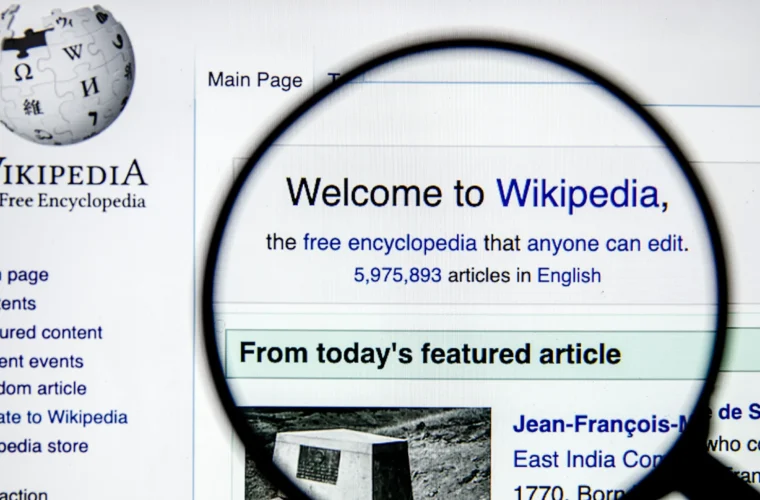We continue our article series covering the mobile gender gap suprising twist. We show you a country that has one of the widest gender gaps in the world. Also, we will touch upon an added problem stemming from the lack of access to mobile phones and mobile internet: women are far less likely to get into STEM fields due to the problem we are dissecting in our article series.
There is a significant mobile gender gap in low- and medium-income countries, including South Asia, which has, as we previously reported, managed to accelerate the gap bridging process the most among all the regions and hence caught up to Africa’s.
Pakistan has some of the widest mobile gender gaps. Women in Pakistan are 38% cent less likely than men to own a mobile phone, 49 % cent less likely to use mobile internet and 94% less likely to own a mobile money account, which again is part of how they are excluded from financial services. And financial services are just a few among the many: women, due to the lack of their access to mobile phones and mobile internet, have very limited access to health and other life-enhancing services.
Pakistan still has a wide gender gap, but it has been a key driver of the narrowing gender gap in South Asia in recent years, recording impressive growth in women’s adoption and use of mobile technology.
The efforts that have been made in Pakistan have shown to decision-makers all around the world that it is essential to understand that the root causes of the mobile gender gap are diverse and interconnected, and cannot be addressed by a single organization or the mobile industry alone. It is important to address it in a holistic manner. Furthermore, it should be emphasized that closing the gender gap also has business benefits: providing mobile access in Pakistan to those who do not yet have it could generate a 54% revenue increase for the mobile industry, which would be equivalent to approximately $130 million.

According to a 2021 report on the mobile gender gap in Pakistan, there has been progressing in closing the mobile gender gap in Pakistan. Between 2017 and 2019, gender gaps in mobile ownership, smartphone ownership and mobile internet awareness and use decreased by between five to 17 percentage points. Moreover, of the 12 countries included in the GSMA Intelligence Consumer Survey from 2017 to 2019, “Pakistan had one of the strongest rates of growth in mobile internet awareness, especially among women. The gender gap in mobile internet awareness narrowed from 16 percent to 11 percent. In parallel, women’s mobile internet use nearly doubled from 10 percent to 19 percent.”
Of course, there is still inequality in Pakistan regarding mobile phone use. Only 50% of women own a mobile phone compared with 81% of men. This is equivalent to 22 million fewer women own a mobile.
Unfortunately, the main reason for women not having a mobile phone or using mobile internet is family disapproval. Low literacy levels paired with unaffordable handsets prevent women from having access to gadgets as well as to mobile internet.
58% of female mobile owners reported that having a mobile helps them with day-to-day work, study, or chores and 66% said that they feel safer as a result.
The policy should aim at educating people and showing a good example so that families will allow girls to have a mobile phone. Furthermore, it should also enhance the acquisition of digital skills and literacy skills. Only after such steps are taken, can we talk about providing affordable devices and enhancing the use of mobile internet for educational purposes among many others.
It was not by coincidence that we highlighted the educational purposes that mobile phones and the mobile internet can achieve. Girls all over the world still lag behind boys in the number of years of formal education completed, and there is a substantial gender gap in skills, jobs and careers involving STEM subjects (science, technology, engineering and mathematics).
There are many reasons for these discrepancies, starting with the fact that even in developed countries, technology is not effectively integrated into education programs to raise awareness and develop basic digital literacy skills for boys and girls equally. So how can we expect success in developing countries? Mobile access seems to be a basic need we have to fulfill because with no education it cannot be effective.



